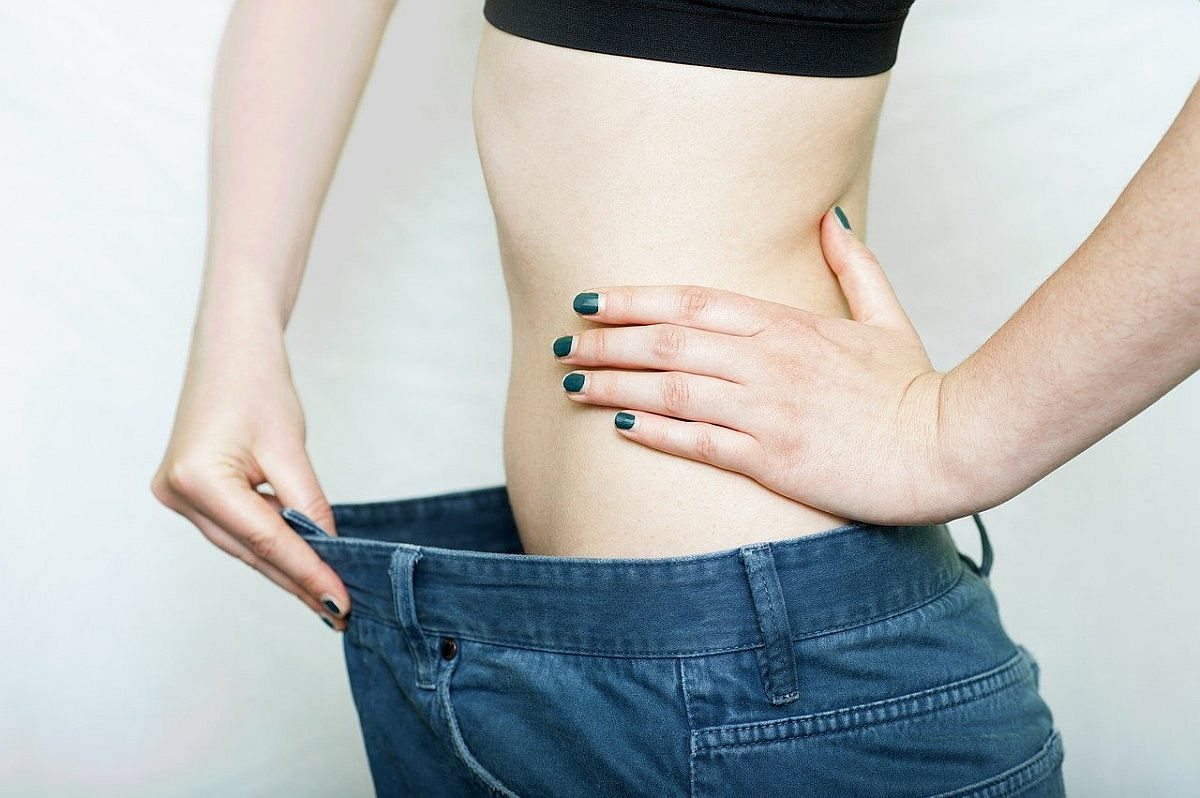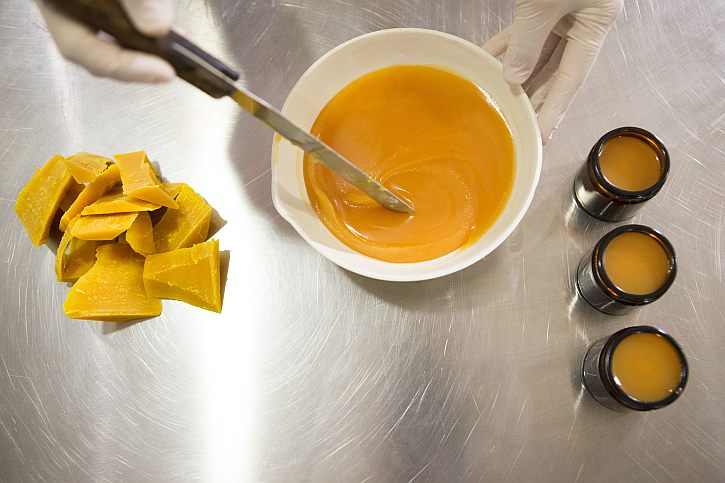 When times are tough economically, even the smallest indulgence can help a struggling worker forget about their financial woes. People seek comfort in affordable treats, like make up and cosmetics, to ease their worries, even just for a little while. Some economists consider this “lipstick effect” a reflection of public sentiment about their financial future. [1] A recent survey by Mintel showed that the current state of the United States economy has indeed kicked off the “lipstick effect”, but that the cosmetics industry is nowhere near recession-proof. [2]
When times are tough economically, even the smallest indulgence can help a struggling worker forget about their financial woes. People seek comfort in affordable treats, like make up and cosmetics, to ease their worries, even just for a little while. Some economists consider this “lipstick effect” a reflection of public sentiment about their financial future. [1] A recent survey by Mintel showed that the current state of the United States economy has indeed kicked off the “lipstick effect”, but that the cosmetics industry is nowhere near recession-proof. [2]
The Mintel survey showed that while the cosmetics industry is generally improving, it’s not immune to the effects of its customers’ limited finances and tight personal budgets. For example, “39 percent of those surveyed said they actively looked for sales and tried to only buy products on sale during 2010.” [3] Indeed, cosmetic sales have increased most drastically in locations traditionally associated with lower-cost products, like mass merchandisers and drug stores. By competitively pricing their cosmetics, these retailers have attracted a wider client base. More consumers are opting for low-cost guilty pleasures instead of luxury, and cosmetic companies have had to adapt to their customers’ new spending priorities. For example, some suppliers opened factories in Asia, where labor costs are typically lower, so they can lower their costs to consumers.
While the study shows that shoppers are opting for lower-cost cosmetics, the entire industry showed overall improvement. The Mintel survey determined that 27% of consumers were making “replacement purchases”, down from 33% in 2009. [3] While this means that more consumers feel just a little more freedom within their personal budgets, and have allowed themselves to shop for more expensive items, this part of the survey also indicated that customers continue to avoid “splurging”, but not to the same rigid degree as previous years. [3] The survey also showed that fewer of the shoppers Mintel polled were searching for bargains and only buying products on sale — 39% in comparison to 45% in 2009. [3] These findings suggest that lower prices in the cosmetics industry have helped them stay competitive — even in a slow economy.
While the “lipstick effect” might not be an exact measure, it can help show general trends in the cosmetics industry. These trends, in turn, reflect how the public views their personal finances and financial security. Mintel’s analysis of their study shows that Americans still spend on low-cost cosmetics, and have slowly begun spending more on big-ticket purchases. If these spending habits transfer to other economic sectors, it could push the entire economy in the right direction. Could this signify the beginnings of a psychological and economic recovery? Let’s hope the “lipstick effect” doesn’t lie.
References
1. “Leading Lipstick Indicator.” Investopia. n.d. n. page. Web. 3 Nov. 2011.
2. Mintel Oxygen Reports, . “Mintel Press Release: Cosmetic and skincare market showing slow improvements.” Mintel. n.d. n. page. Web. 3 Nov. 2011..
3. “Economy Affects ‘Cosmetic Behavior’.” Inside Cosmeceuticals. 05/13/2011: n. page. Web. 3 Nov. 2011.



Fashion drives the world everywhere!
Interesting research, but I don’t think that it has big influence on economic. But will see in long perspective.